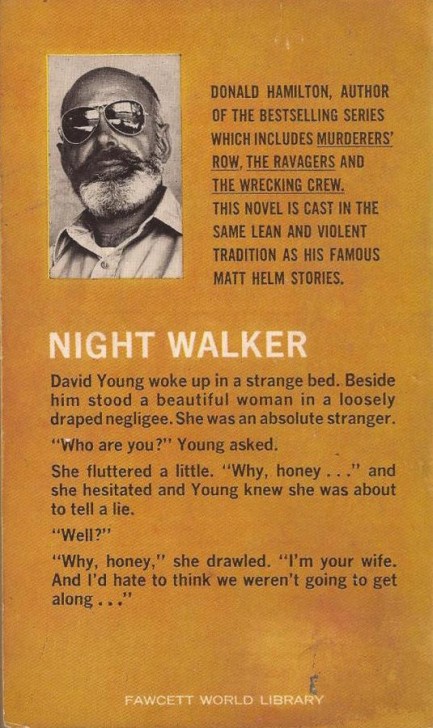| Vintage Pulp | Aug 16 2019 |

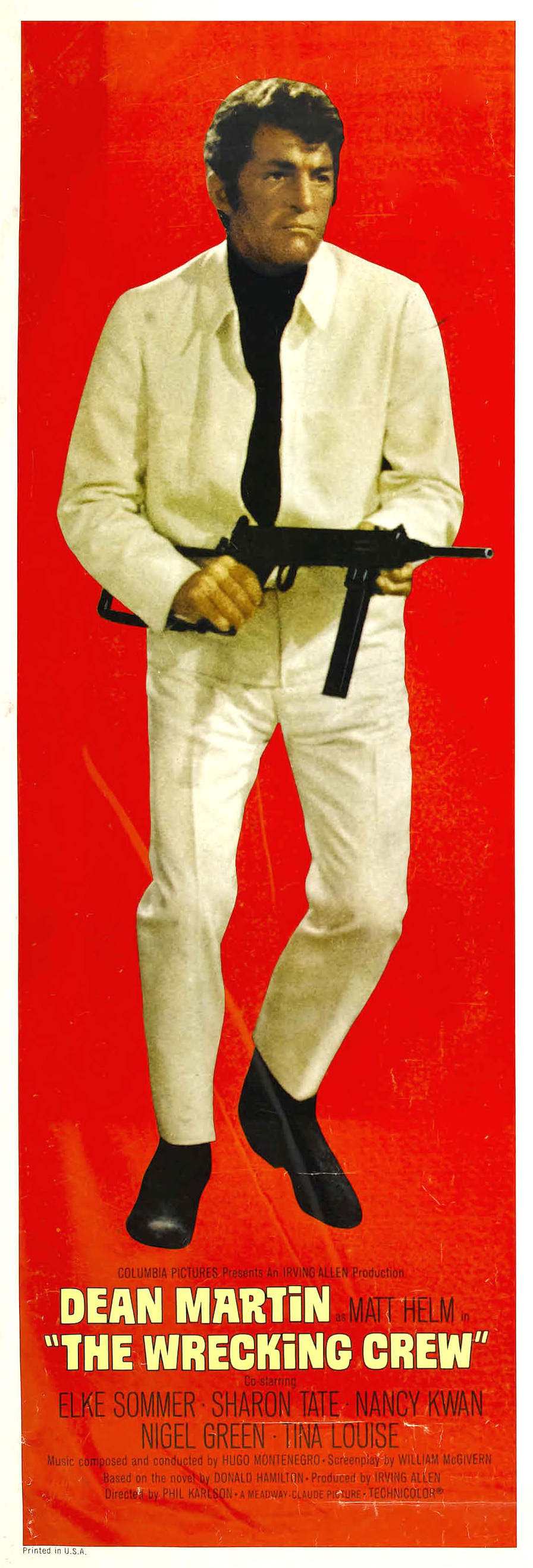 Today we have some beautiful rarities, a set of door panel posters made for the 1968 Dean Martin spy movie spoof The Wrecking Crew. Martin played the wise-cracking and woman-loving Matt Helm, a character created by novelist Donald Hamilton. There have been a lot of loveable drunks in cinema, but Martin certainly was one of the most popular. Boozy Matt Helm was a perfect role for him, and the first film became the launching point for a series that stretched to four entries.
Today we have some beautiful rarities, a set of door panel posters made for the 1968 Dean Martin spy movie spoof The Wrecking Crew. Martin played the wise-cracking and woman-loving Matt Helm, a character created by novelist Donald Hamilton. There have been a lot of loveable drunks in cinema, but Martin certainly was one of the most popular. Boozy Matt Helm was a perfect role for him, and the first film became the launching point for a series that stretched to four entries.The Wrecking Crew was the last film, coming after 1966's The Silencers and Murderer's Row, and 1967's The Ambushers. The movies were populated by a group of women known as Slaygirls, and the actresses on the posters below are posing as members of that deadly cadre. They are, top to bottom, Sharon Tate, Elke Sommer, Nancy Kwan, Tina Louise, and a fifth woman no other website seems able to identify, but who we're pretty sure is Kenya Coburn.
These posters are 51 x 152 centimeters in size, or 20 x 60 for you folks who measure in inches, and they caught our eye mainly because of Tate. There's been renewed interest in her, including portrayals in two 2019 films—The Haunting of Sharon Tate and Quentin Tarantino's new effort Once Upon a Time in Hollywood. Her poster is definitely one of the nicest pieces of Tate memorabilia we've seen.
We glanced at The Silencers a while back and found it just a little too dumb to consider slogging through the series, but maybe we'll have another go at it. We're sort of newly interested in Tate too, and since The Wrecking Crew was her next-to-last screen role, we want to have a look. Allegedly, Dean Martin quit this highly successful franchise because it felt wrong to go on with it after the Tate–LaBianca murders in August 1969. From what we've read about the era, Martin was far from the only person who felt as if that event changed everything. These days Tate's death makes anything she's in seem ironic and portentous, even, we suspect, a piece of fluff like The Wrecking Crew.

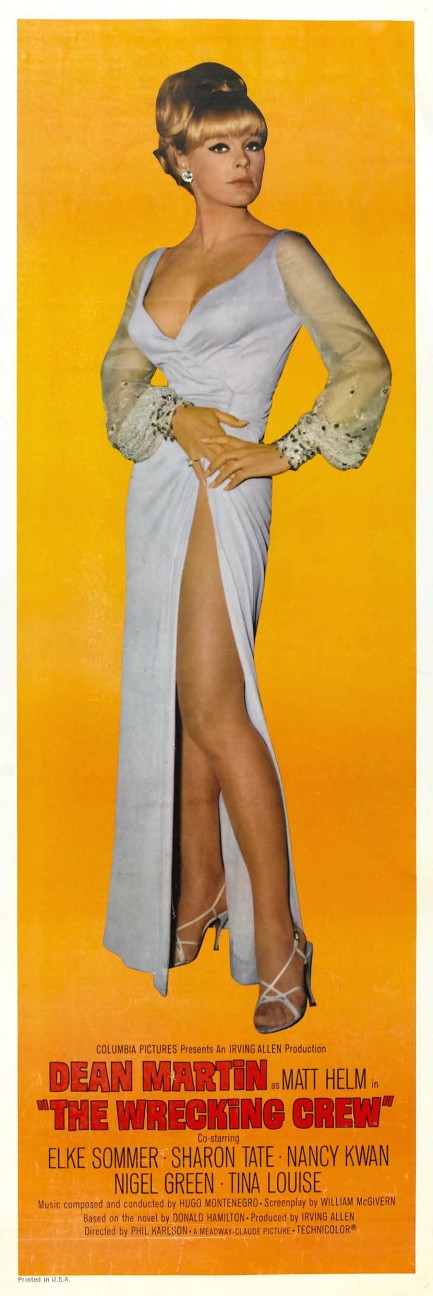
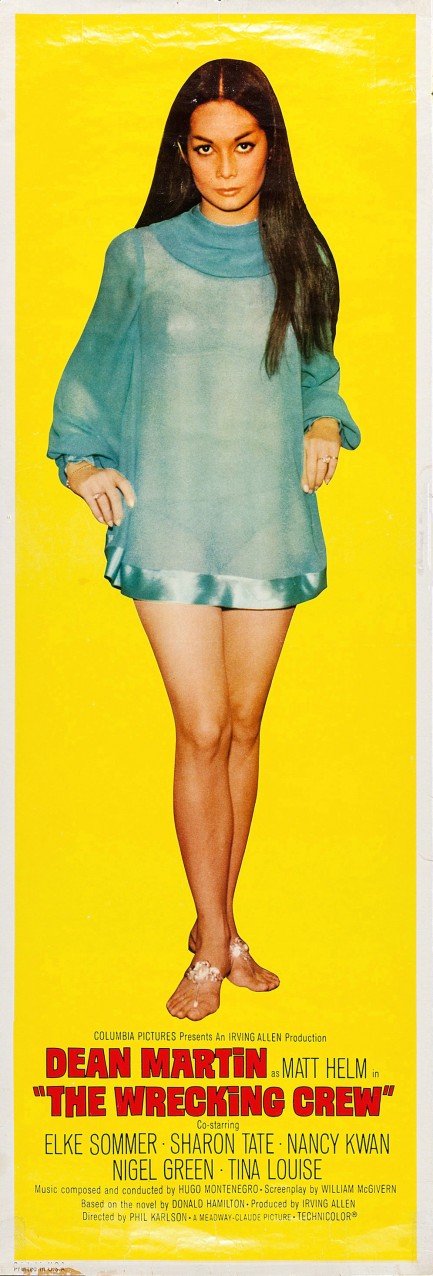


| Vintage Pulp | May 20 2019 |

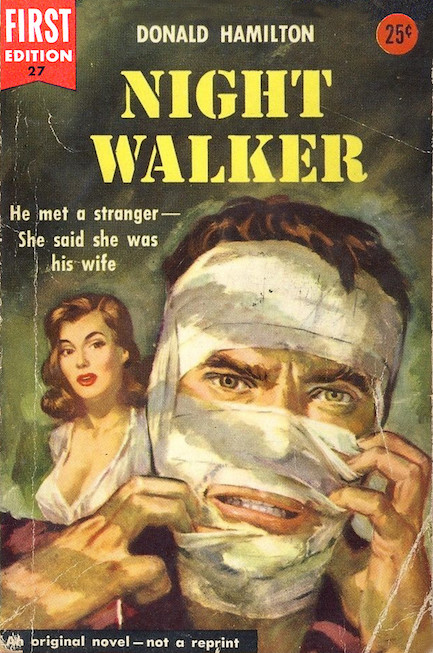
| Vintage Pulp | Mar 5 2019 |

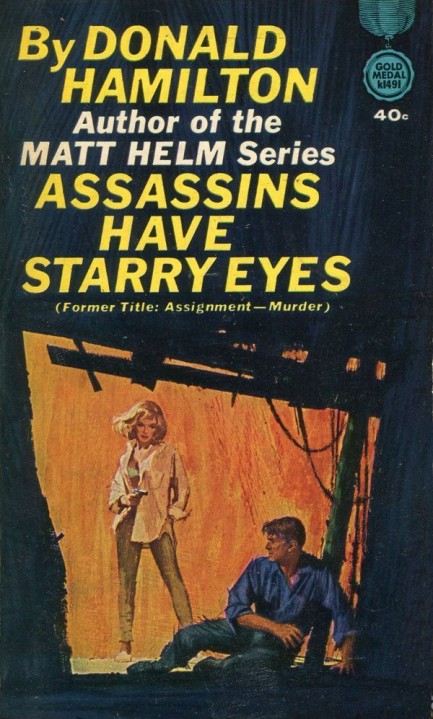
Donald Hamilton's 1965 novel Assassins Have Starry Eyes was originally published in 1956 as Assignment: Murder. This could have been better. The lead character here, Dr. James Gregory, is a tough-guy physicist who sits so much he “wears his pants shiny,” yet has no problem physically outmatching adversaries in various deadly situations. We'll buy it, since the author asks it, but there's another issue with Dr. Gregory—he's a dick, all the more so as the narrative wears on.
Some sharp edges are to be expected, since people are trying to kill him—possibly due to his involvement in a government project tasked with creating an atomic super weapon—but he's snide and superior even in his interior dialogues and reminiscences. He especially hates peace protestors because they simply don't understand the need for world-threatening super weapons. Bah! Morons!
Books with difficult men are often fun, but it's clear Hamilton thinks he's writing Dr. Gregory not as an anti-hero, but as a no-nonsense everyman. The guy was impossible for us to like. We finished Assassins Have Starry Eyes mainly to see if he got his brains blown out. As for Hamilton, his writing is fine, so maybe he'll do better with a different character (like Matt Helm, who he's remembered for creating). We'll try one down the line.
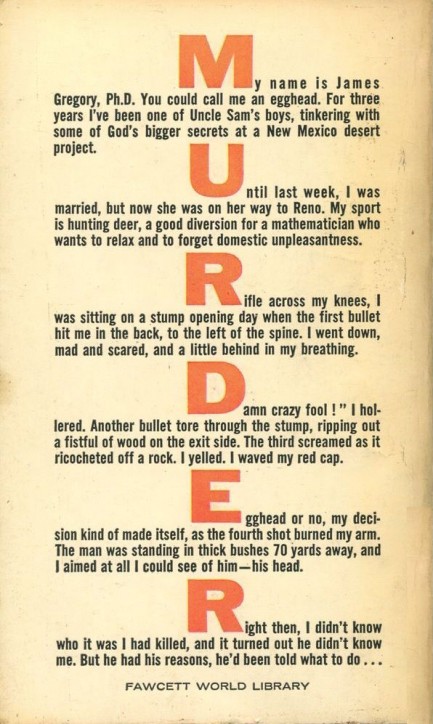
| Vintage Pulp | Oct 17 2018 |

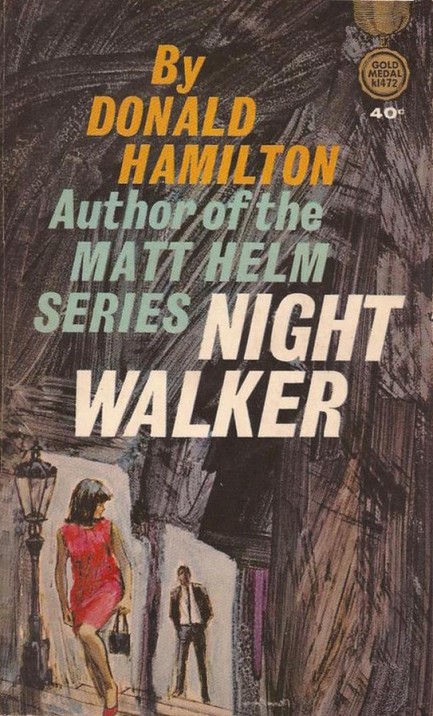
Ah, the 1950s, when men were men and cigarettes weren't coffin nails. And another staple of 1950s genre fiction is commie hysteria, also a major component of this book. But that's fine—every literary era has its archetypal villains. The book's fatal flaw is that the latter portion contains long monologues of the bad guy explaining his evil plot, due to the fact that Hamilton hasn't constructed the narrative for the hero to suss it out for himself. Tedious doesn't even begin to describe this sort of writing. Overall Night Walker is middling work from Hamilton, passable in the first half, but a bit taxing in the second. Good thing this 1964 edition from Fawcett's Gold Medal was cheap. And the cover art is nice. It's by Harry Bennett.
